Permanent antimicrobial surface coating
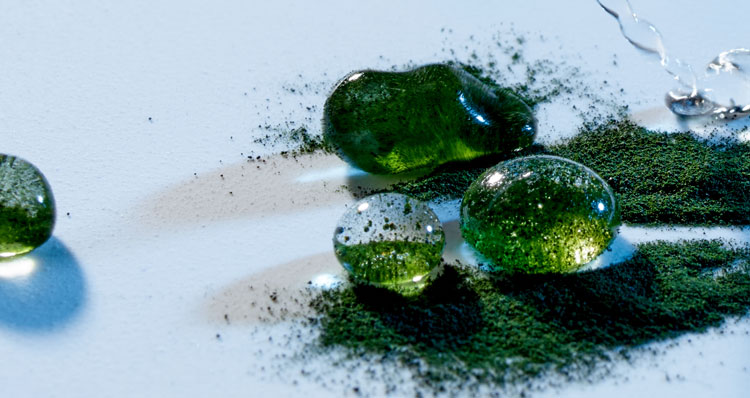
This spray allows any type of bacteria to be killed on surfaces for a period of more than a year – even the “superbugs”!
Every year we hear about an increasing number of infectious diseases caused by multidrug-resistant (MDR) germs. More than 600,000 hospital patients become infected with MRSA each year, and 270,000 people die from sepsis each year in the U.S. alone.
I don’t know about you, but I find these numbers scary. Many of these people go to the hospital for a small cut on their finger and leave a few weeks later in coffins. This is why “superbugs” are on the WHO list of the 10 worst global health threats.
But did you know that LIQUID GUARD® is an antimicrobial spray that works against the “superbugs” – even permanently? But before we talk about the benefits, first things first.
#1 What are “superbugs”?
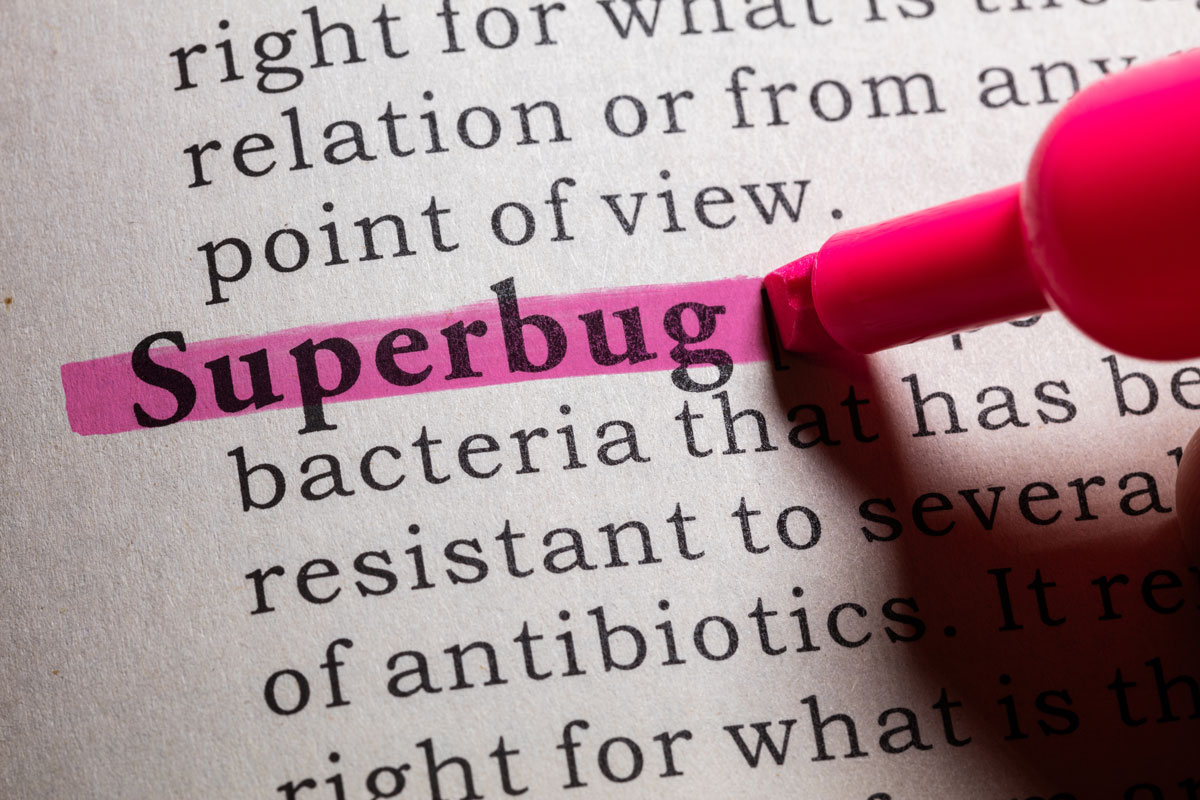
Bacteria are known as pathogens. But they also protect our health: many bacteria naturally colonize our skin, as well as the mucous membranes of the mouth, nose, intestines and other organs. Together, they form a protective barrier for healthy people. This makes it more difficult for pathogens to enter our bodies. With weakened defenses or injuries to the skin and mucous membranes, both foreign and endogenous pathogens
can enter the body and cause infection. Common bacterial infections include pneumonia, urinary tract infections, and wound or skin infections.
When the bacteria spread through the blood in the body, it is called blood poisoning. In the worst case, organs can fail
, which becomes life-threatening.
Antibiotics are usually effective against bacterial infections
. They kill or weaken the bacteria.
However, some bacteria are insensitive to a variety of antibiotics. In this, they are multidrug-resistant pathogens
. The best-known example is methicillin-resistant Staphylococcus aureus – MRSA infection for short.
#2 How do multidrug-resistant germs develop?
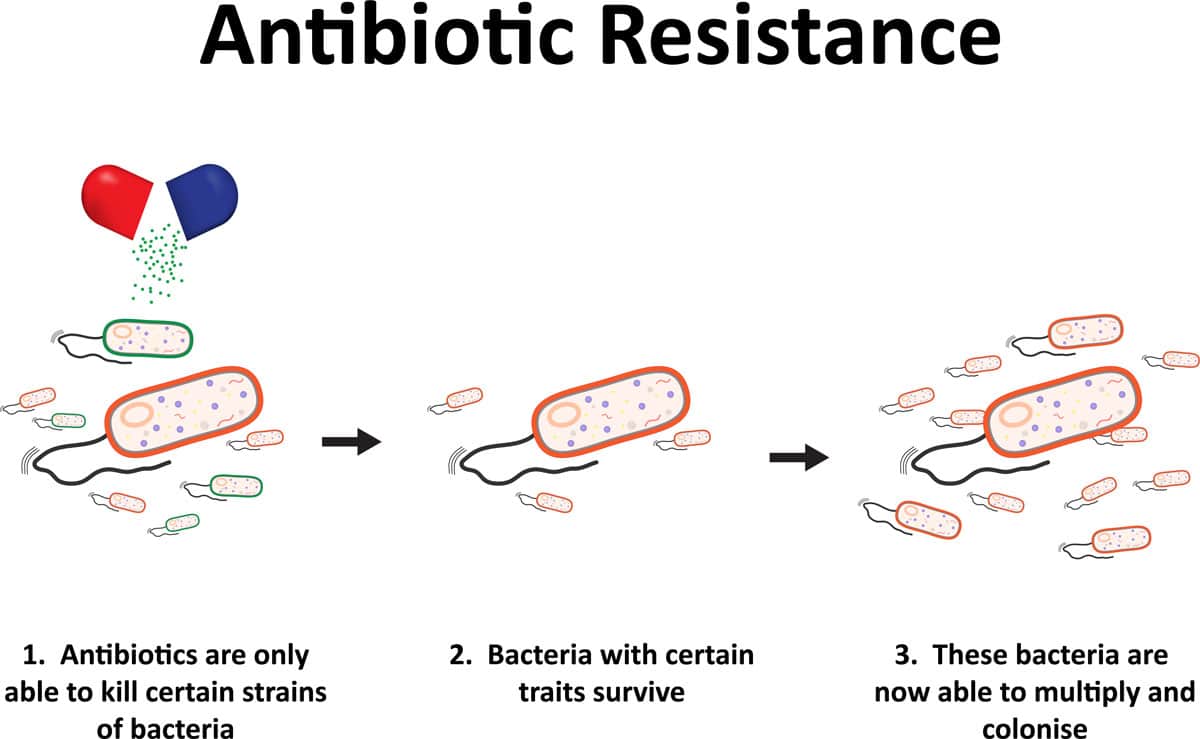
Development of antibiotic resistance.
Bacteria multiply very quickly and in large numbers. The genetic material can change in such a way that the pathogens become insensitive to antibiotics. These bacteria survive antibiotic treatments and pass on their resistance genes. If MRSA bacteria are resistant to many different antibiotics, this is called multidrug resistance. These bacteria are no more dangerous than others. Nor do they cause infections more frequently. However, if a staph infection occurs, it is much more difficult to treat. Few antibiotics are still effective
. Laboratory tests can be used to determine which antibiotics are still effective and which are not.
#3 How can I contract such a germ?
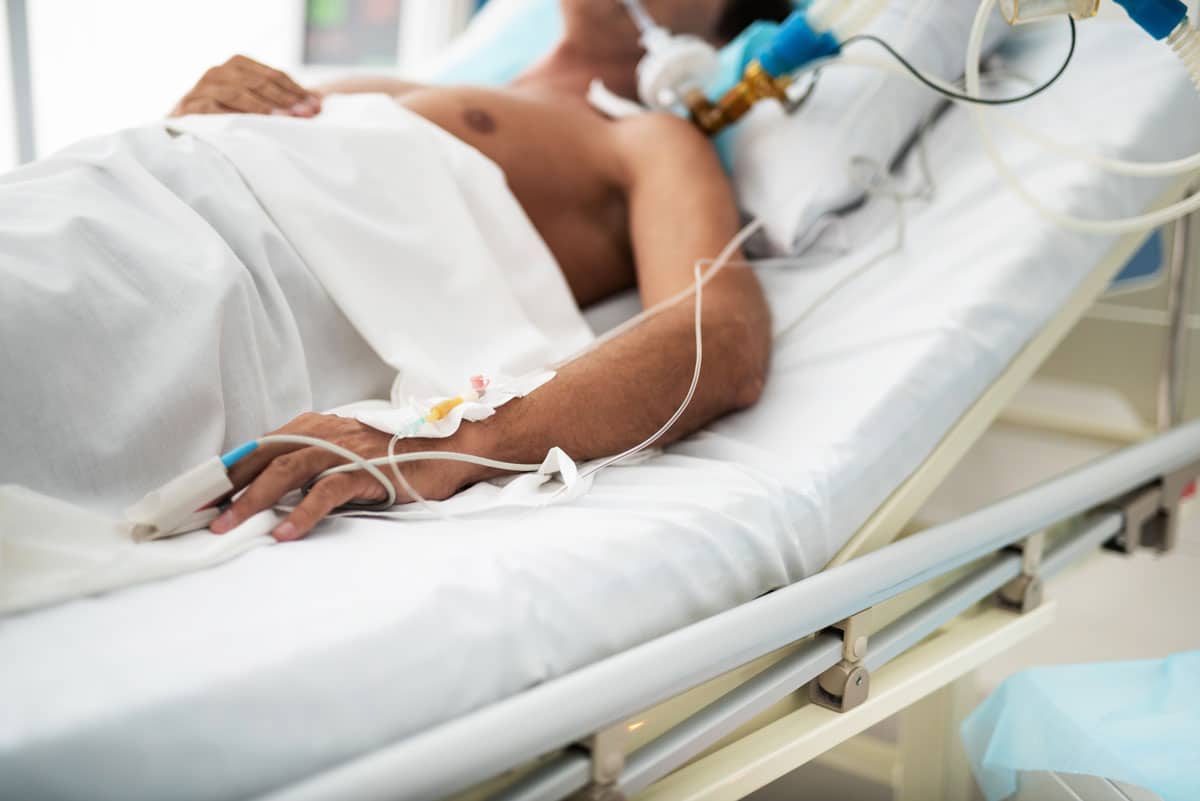
Catheters increase the risk of pathogen transmission.
- Hospitalization within the past six months
- Stay in a nursing home
- Permanent nursing care
- Antibiotic therapy within the last six months
- Open, large and poorly healing wounds
- Tubes (catheters) in the body; e.g., in the bladder
- Diseases that weaken the immune system; e.g., diabetes mellitus, hepatitis, HIV
- Drugs that suppressthe immune system
#4 How often do such infections occur?
“Superbug” infections are most likely to occur in facilities where many sick and weak people are cared for, such as nursing homes or health care facilities. There is a particularly high risk in hospitals. That is why the risk of infection is greatest there: In Germany, about 500,000 people fall ill each year from hospital-acquired infections, which are often caused by bacteria in the body. About 30,000 infections are caused by MDR pathogens. This means that about 6 out of 100 hospital infections are caused by MDR germs. In the EU, 33,000 people die each year from such staph infections.
#5 How can I protect myself against the “superbugs”?
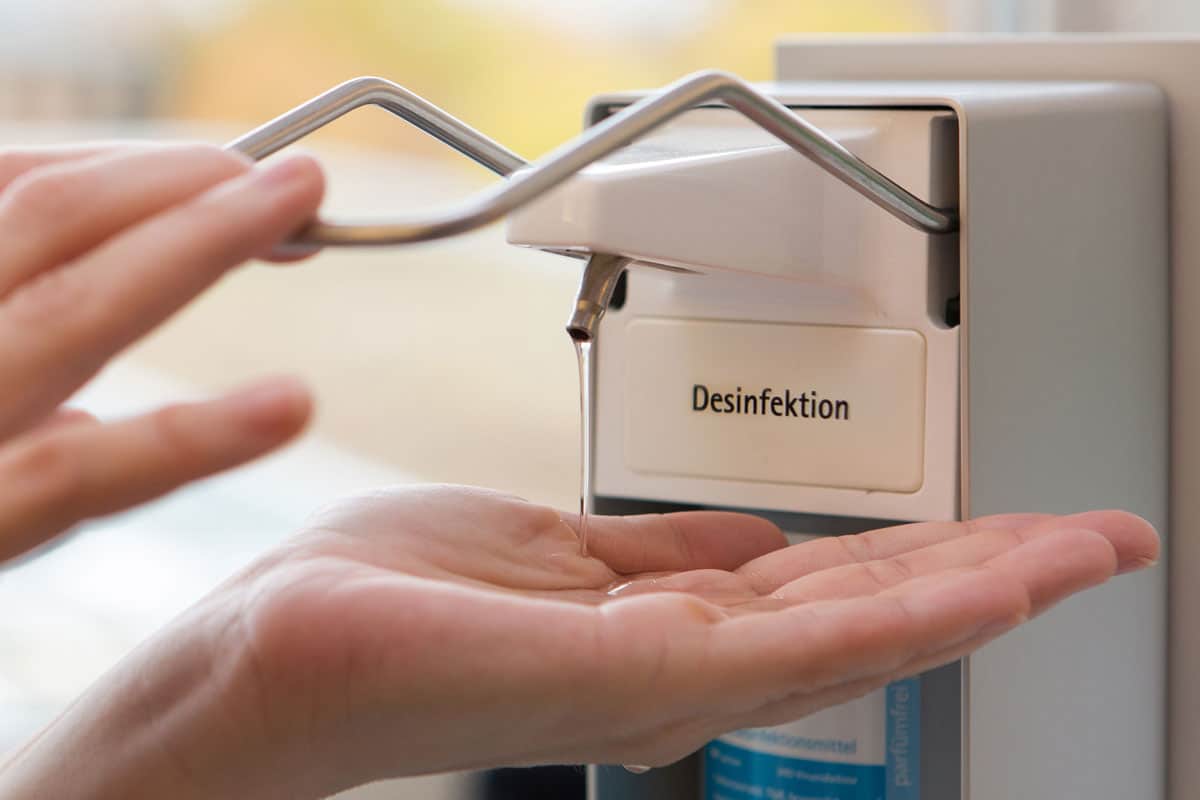
regular disinfection reduces the risk of germ transmission (e.g. MRSA)
In addition to basics such as regular and proper hand washing and avoiding skin-to-skin contact with an infected person, regular disinfection with antimicrobial sprays can reduce the spread of pathogens such as MRSA
.
#6 Basic properties of antimicrobial agents
Antimicrobials are generally understood to be chemical substances. Antimicrobial-acting substances also include ionizing radiation or engineered surface structures
. Each of the variants inhibits or alters one or more of the following cellular functions of microorganisms:
1) cell wall synthesis
2) protein synthesis
3) cell membrane functions
4) Nucleic acid synthesis (genetic code).
#7 The solution: permanent antimicrobial coating of surfaces.
Although most EPA- and BPR-registered hard-surface agents are nontoxic, their promised efficacy against odor-causing bacteria and mold growth (mold control) leaves much to be desired. In most healthcare provider reviews, these antimicrobial-acting products are shown to have a poor shelf life. In fact, microbial regrowth begins shortly after application of the antimicrobial sprays.
The antimicrobial coating LIQUID GUARD® preserves and maintains the value of any item. In addition, the invisible seal made of amorphous glass protects your most valuable: health and well-being.
Unlike silver ion technology, which has a depot effect that limits the durability of its antimicrobial properties, LIQUID GUARD® is permanent due to its physical mechanism of action. Therefore, it can also be used on medical equipment in healthcare facilities or in medical settings, creating a permanent antimicrobial-active surface
.
Not only is the growth of bacteria, fungi, yeasts, molds and other microorganisms prevented, but also the spread of bacteria
(new colonization), such as on door handles.

LIQUID GUARD® forms an invisible physical barrier that destroys microorganisms
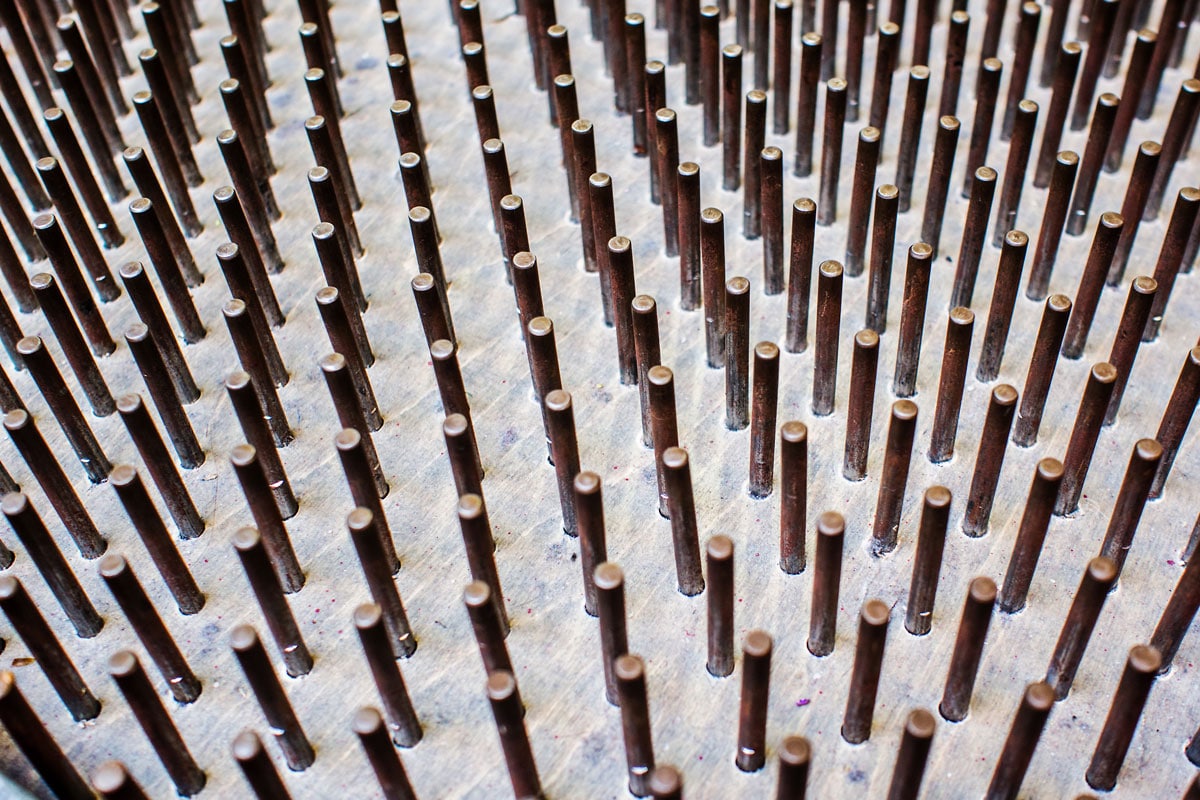
Protected surfaces act as a layer of swords that fight microbial growth.
There is a truly unique technology behind the antimicrobial-acting product: the product does not act directly with an antimicrobial additive or material. The molecules contained in the thin SiO2 coating are so sharp that they rupture the cell wall of microorganisms, rendering them harmless. The antimicrobial coating LIQUID GUARD® is made of silicone and provides round-the-clock protection against infection, especially against Staphylococcus aureus and E. coli. The use of the non-toxic active ingredient eliminates the need for other cleaning agents.
Areas of application for the antimicrobial coating to fight disease include:
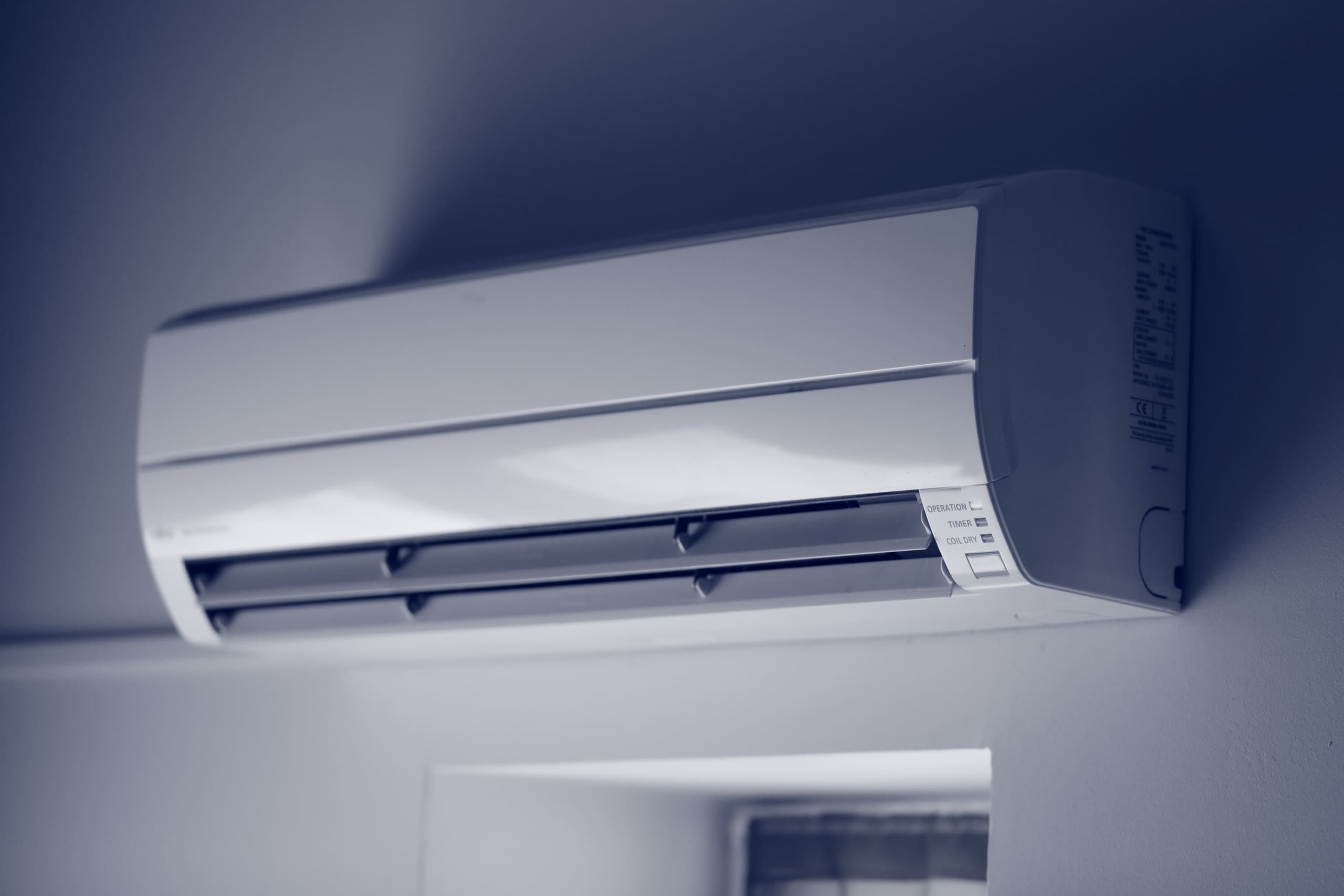
Prevents the development of biofilms in air conditioning systems
[su_spoiler title=”Surfaces such as:” open=”yes” style=”simple”]Plastics, fiberglass, metals, glass, wood, ceramics, stone, natural materials, composites: including air filters for furnaces, air conditioners, air purifiers, automotive and recirculating air systems; aquarium filters; automotive and vehicle parts.[/su_spoiler]
[su_spoiler title=”Materials such as:” open=”yes” style=”simple”]Roofing materials(tiles, split, shingles, granules, stone, foil, felt, underlayment, and synthetic coatings); building materials and components (including siding, plywood, wood and wood composites, insulation, and furniture construction); deck boards; concrete products; dry concrete and mortar mixes; conveyor belts and stainless steel[/su_spoiler]
[su_spoiler title=”Utility items such as:” open=”yes” style=”simple”]Non-food contact countertops; items for healthcare use; fiberglass duct for ventilation systems; air conditioning units; furniture; non-food contact bathroom and kitchen equipment; flooring; floor mats; multi-purpose containers; furniture; non-food contact bathroom and kitchen accessories; sanitary supplies and accessories; sheet and formed glass; mopping utensils; vacuum cleaner bags and filters; foam for packaging and padding[/su_spoiler]
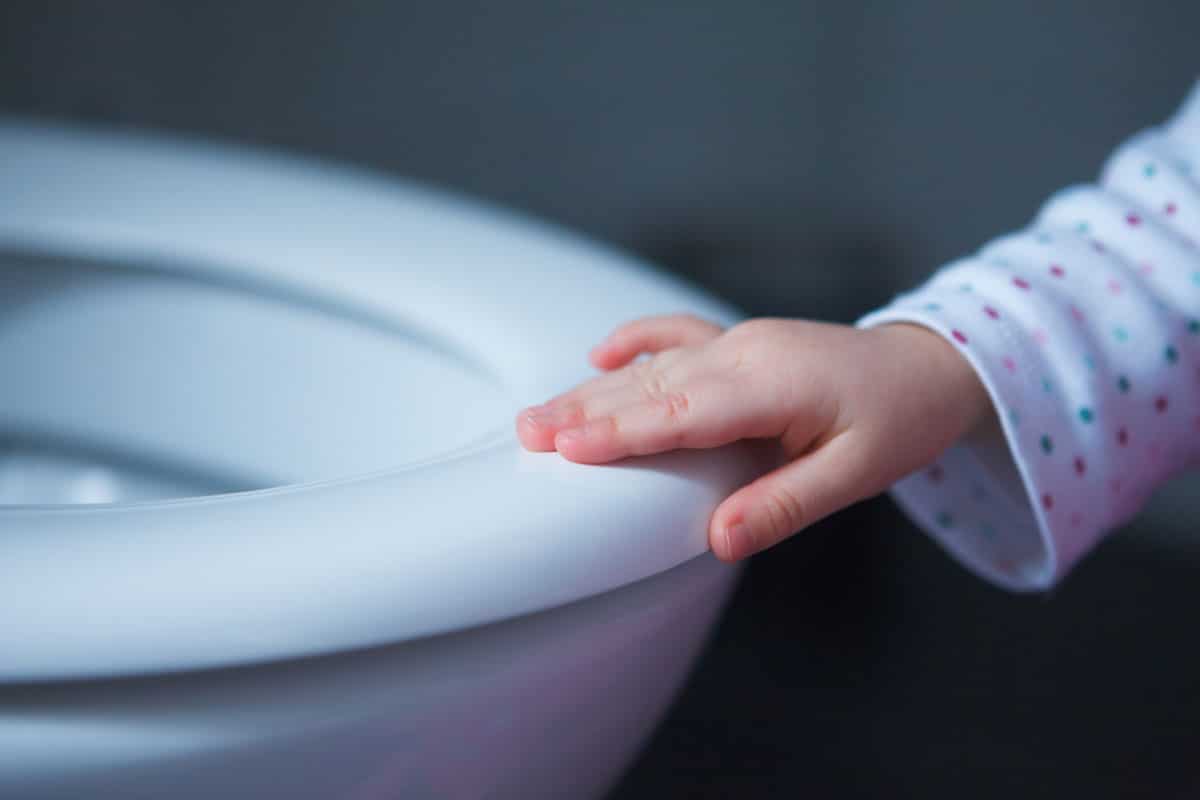
Hygiene equipment for sanitary areas
Other applications for reducing microbial growth through antimicrobial surface coatings include:
[su_spoiler title=”Faserige Materialien und Utility items such as:” open=”yes” style=”simple”]Fibers, fabrics (natural and synthetic, woven and non-woven), leather and materials of household articles (natural and synthetic) such as upholstery covers (coarse and glossy); mattress covers, fillings and drillich; pillowcases; bed sheets; bedspreads; Bedspreads; fillings for upholstered furniture, apparel, casual wear, quilts and pillows; curtains; drapery; rugs and carpet pads; wool blankets; upholstered furniture; towels; shower curtains; toilet cubbies and seat covers; wall coverings and wallpaper (incl. Vinyl); umbrellas; fire hose fiber; non-woven disposable diapers; wipes; pre-moistened refreshing wipes and cleaning cloths (no pesticides); clothing including outdoor clothing, sportswear, pajamas, socks, hosiery, underwear, gloves and uniforms; footwear (boots, shoes and accessories); sports equipment; sailcloth, ropes, tents and other outdoor equipment; sandbags, tarps, awnings, book covers, pictures.[/su_spoiler]
[su_spoiler title=”Products such as:” open=”yes” style=”simple”]Paints and coatings; disposable foam pads; foams used as growing media for seeds and plants.[/su_spoiler]
Conclusion
If you have to go to the hospital, multidrug-resistant germs (“superbugs”) are one of the biggest threats. New developments like LIQUID GAURD® provide surfaces with around-the-clock protection and reduce the risk of infection between scheduled cleaning cycles. The permanent-action coating can spark a revolution in healthcare, but can also be used at home for surface hygiene and odor control.